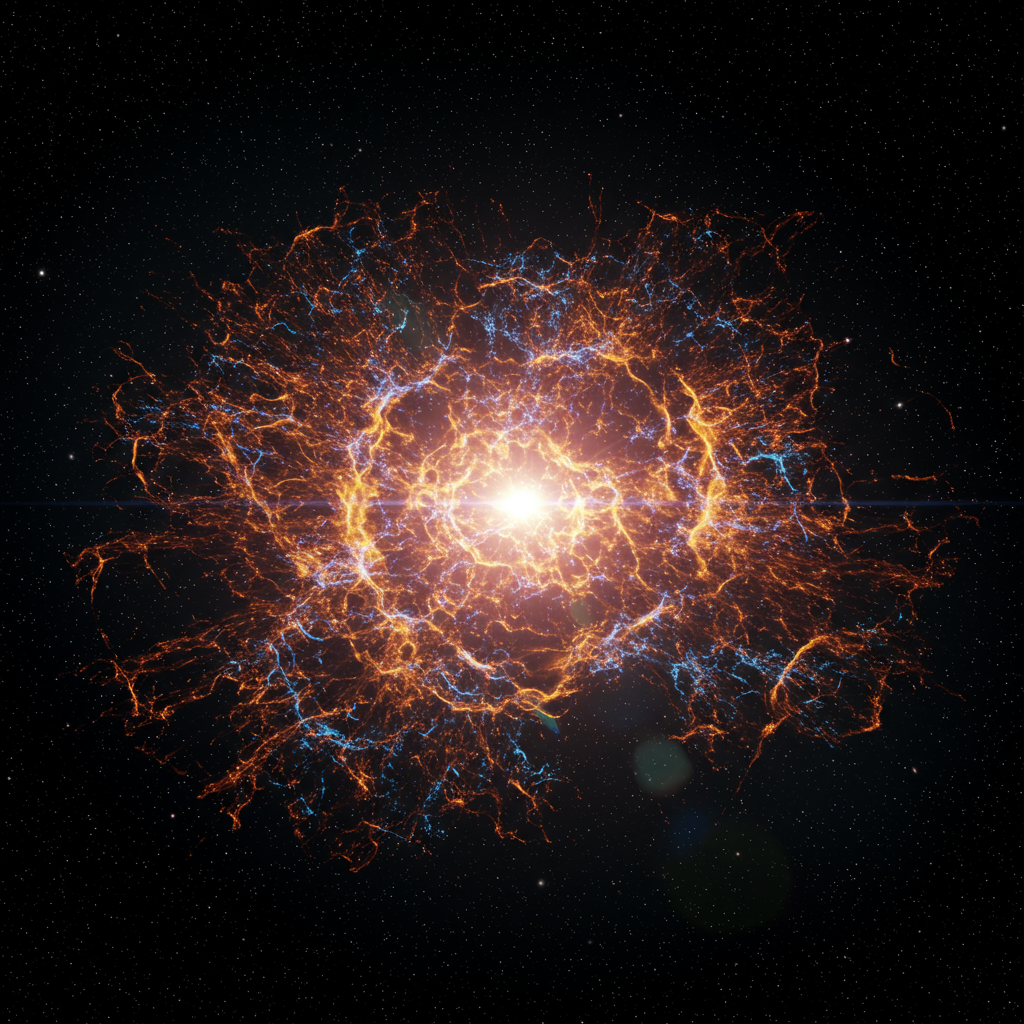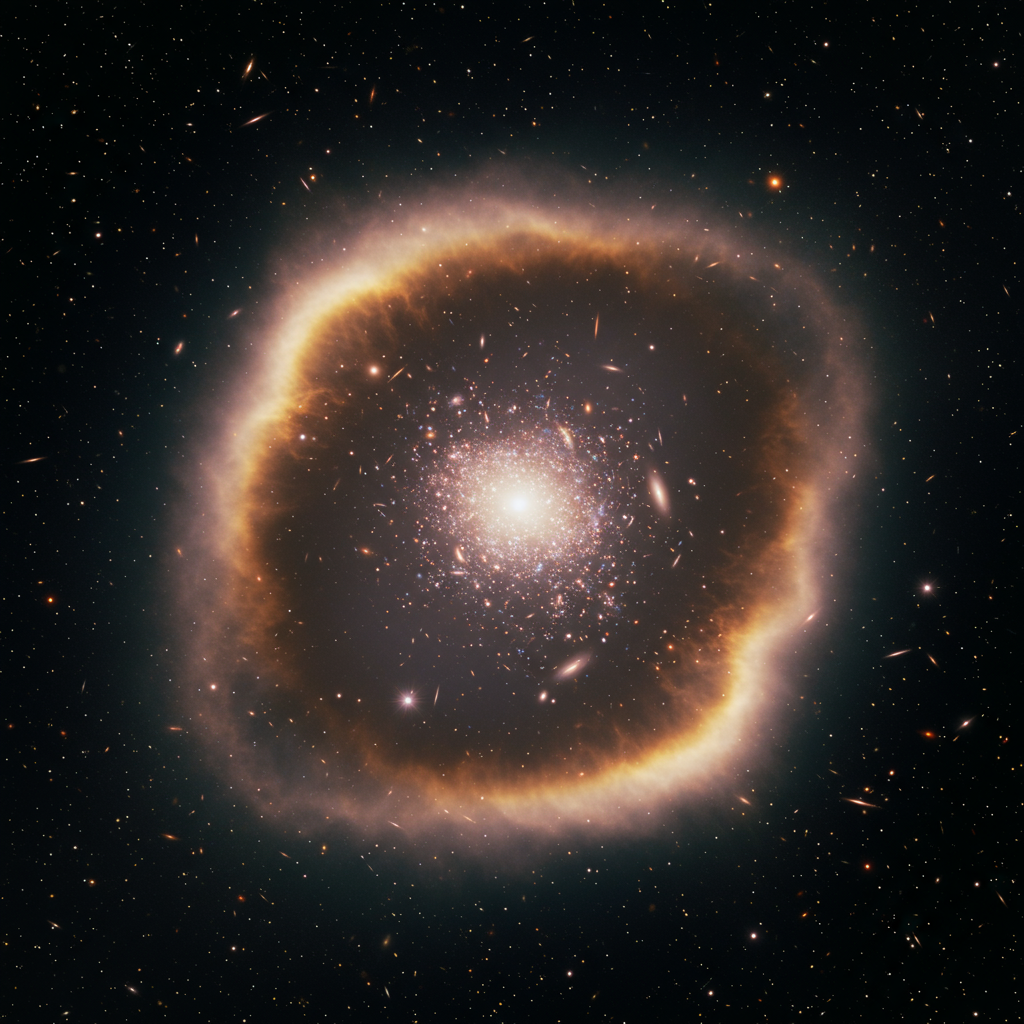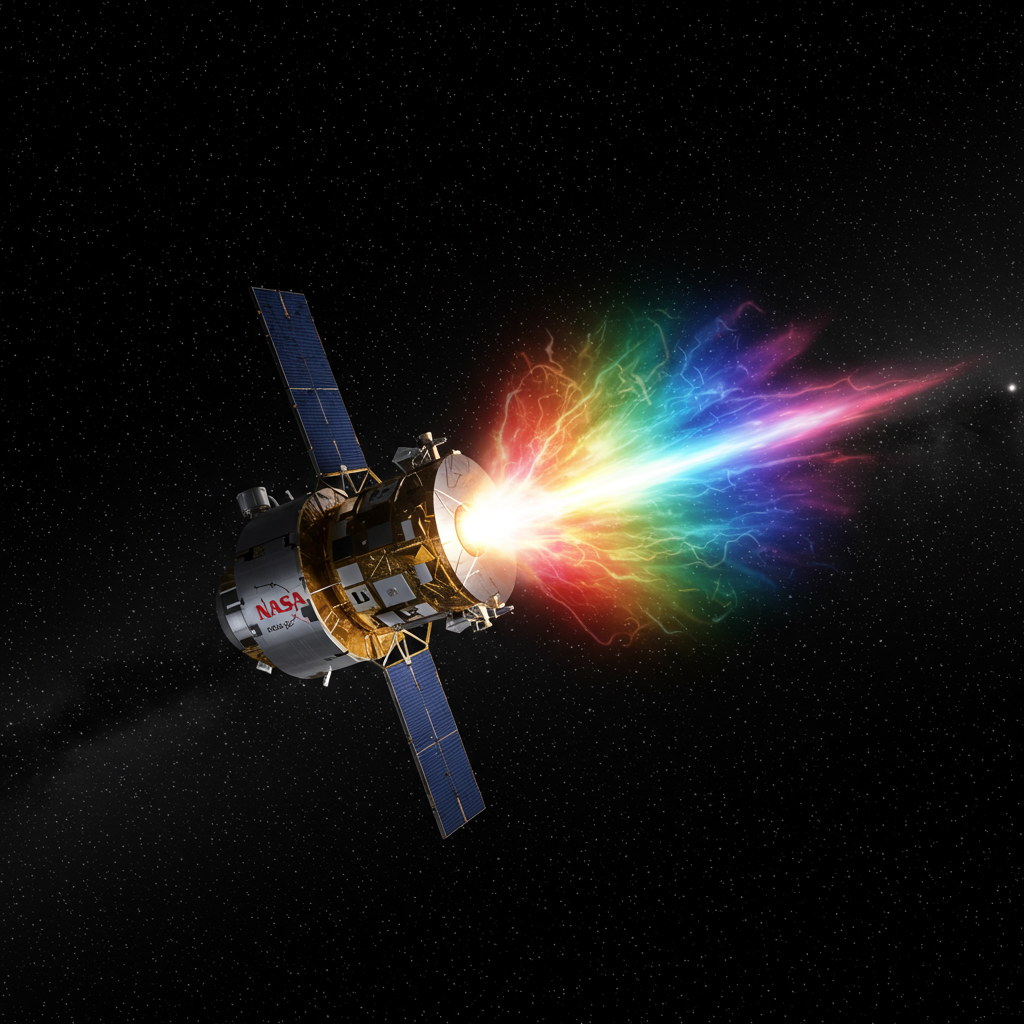In a striking visual testament to humanity’s expanding reach into the cosmos, China’s <a href="https://news.quantosei.com/2025/06/28/nasas-crucial-role-in-national-security-why-cutting-its-budget-could-jeopardize-the-u-s/" title="NASA Budget Cuts: Why US Security & space Leadership at Risk”>tianwen 2 spacecraft has beamed back breathtaking images of earth and the Moon from its distant vantage point in deep space. Released by the China National Space Administration (CNSA), these pictures offer a humbling perspective of our home planet and its celestial companion as the probe embarks on its ambitious decade-long journey to explore asteroids and comets.
The images serve not only as a successful technical check for the spacecraft’s imaging systems but also provide a moment of cosmic reflection, showing Earth as a bright, swirling blue marble alongside the familiar crescent of the Moon, set against the vast, inky blackness of space. Capturing such ‘farewell’ portraits is becoming a notable step for missions heading into the outer solar system or towards other planetary bodies, underscoring the incredible distances these probes traverse.
Tianwen 2’s Journey Begins: Launch and Early Views
The Tianwen 2 mission commenced on May 29, 2025, lifting off aboard a Long March-3B rocket from the Xichang Satellite Launch Center in Sichuan, China. Just a day later, on May 30, while the spacecraft was approximately 590,000 kilometers (about 367,000 miles) away from both Earth and the Moon, it used its narrow-field-of-view navigation sensor to capture the now-released images.
This distance is roughly 1.5 times the average distance between the Earth and the Moon, placing Tianwen 2 firmly on its interplanetary trajectory. As of early July 2025, the probe has spent over 33 days in space and is reported to be approximately 12 million kilometers (around 7.5 million miles) from Earth, steadily increasing the distance as it vectors toward its primary scientific targets. The successful capture and transmission of these images from this early stage confirm the operational status of key onboard instruments vital for navigation and future scientific observations.
A Mission of Cosmic Discovery
The core scientific objective of the Tianwen 2 mission is twofold and highly significant for planetary science. First, the spacecraft aims to rendezvous with the near-Earth asteroid 2016 HO3, also known as 469219 Kamo’oalewa. This asteroid is of particular interest because its orbit keeps it in a relatively stable path near Earth, often described as a quasi-satellite. Scientists suspect Kamo’oalewa might be a fragment ejected from the Moon, making it a potentially accessible source for studying lunar material without the complexity of a full Moon landing mission. Tianwen 2 plans to collect between 0.2 and 1 kilogram of surface soil samples from this asteroid.
Second, following its visit to Kamo’oalewa, the mission will journey to the main-belt comet 311P (also known as P/2013 P5). Exploring this comet will provide valuable comparative data. Unlike asteroids, comets are icy bodies that often retain more pristine material from the early solar system. Studying both an asteroid and a comet allows scientists to compare their compositions and understand the diverse conditions and materials that existed during the solar system’s formation and early evolution.
Why Asteroid and Comet Samples Matter
Collecting samples from celestial bodies like asteroids and comets is paramount to understanding the origins of our solar system. These relics from billions of years ago can hold clues about the raw materials that formed planets. Studying their composition can shed light on the distribution of elements and organic compounds in the early solar nebula.
For Tianwen 2’s targets specifically, analyzing samples from 2016 HO3 could offer insights into the Moon’s geological history and the processes that shaped it. Investigating 311P could reveal details about the volatile materials (like water ice) present in the outer solar system and potentially how such materials, including water, might have been delivered to early Earth, contributing to the formation of our oceans and the conditions necessary for life. The planned sample return to Earth by November 2027 marks a critical phase of the mission, bringing these invaluable scientific treasures directly to laboratories for detailed analysis.
China’s Expanding Footprint in Deep Space
Tianwen 2 is the latest stride in China’s rapidly advancing and ambitious space program. Its name, “Tianwen” (天问), meaning “Heavenly Questions,” reflects a programmatic approach to planetary exploration, following the highly successful Tianwen 1 mission to Mars.
The Tianwen 1 mission, launched in 2020, successfully placed an orbiter around Mars, deployed the Zhurong rover to the surface, and achieved comprehensive mapping of the Red Planet. Tianwen 1 also demonstrated China’s deep space imaging capabilities by capturing remarkable images, including views of Mars as a crescent from afar, “selfies” of the orbiter taken by a jettisoned camera while in Mars orbit, and a detailed image of Mars’ moon Phobos. These prior achievements highlight CNSA’s growing technical expertise in navigating, orbiting, and imaging objects across the inner solar system, setting a strong precedent for the complex maneuvers required by Tianwen 2’s asteroid and comet rendezvous.
Looking ahead, China’s space roadmap includes even more ambitious goals, such as landing Chinese astronauts on the Moon before 2030 and establishing a permanent lunar base. The successful operation of missions like Tianwen 2 is crucial for developing the necessary technological capabilities and operational experience for these future endeavors, solidifying China’s position as a major player in global space exploration.
Contextualizing Deep Space Earth/Moon Imagery
While Tianwen 2’s images are the latest example, capturing distant views of Earth and the Moon from spacecraft is a recurring and significant moment in deep space missions. These images serve multiple purposes, from calibrating instruments and testing systems during cruise phases to providing powerful visual anchors of a spacecraft’s journey away from home.
For instance, the European Space Agency’s (ESA) Jupiter Icy Moons Explorer (JUICE), launched in April 2023 en route to the Jupiter system, captured its own ‘farewell’ images of Earth, the Moon, and even distant Uranus from over 5 million kilometers away in September 2023. These images were taken during instrument checks and gravity assist maneuvers, demonstrating the probe’s capabilities far from Earth.
Similarly, ESA’s Hera mission, launched in October 2023 towards the Didymos-Dimorphos asteroid system (a follow-up to NASA’s DART impact test), also beamed back images of Earth and the Moon from over 1 million kilometers within days of launch. Captured by instruments like the Asteroid Framing Camera (AFC) and Thermal Infrared Imager (TIRI), these initial images verified the instruments’ readiness for their primary task: studying the aftermath of the asteroid impact and assessing the properties of the binary asteroid system.
These examples underscore that Tianwen 2’s images, while stunning in their own right, are part of a broader practice in deep space exploration, highlighting common operational procedures and providing comparative views of our home system from different missions heading to diverse destinations. They connect the public to the vast distances involved in space travel and the ingenuity required to navigate and explore beyond our planet.
Frequently Asked Questions
What is the Tianwen 2 mission?
The Tianwen 2 is China’s second planetary exploration mission under the “Heavenly Questions” series. Launched on May 29, 2025, its primary goals are to rendezvous with the near-Earth asteroid 2016 HO3 (Kamo’oalewa) to collect soil samples and subsequently explore the main-belt comet 311P. The mission aims to study the composition, formation, and evolution of these small bodies.
Why are asteroid and comet sample returns important?
Returning samples from asteroids and comets allows scientists to study pristine material from the early solar system in laboratories on Earth. This helps understand the building blocks of planets, the distribution of volatile materials like water, and potentially the origins of life on Earth. Samples from 2016 HO3 might specifically reveal clues about the Moon’s history, while 311P samples could offer insights into cometary composition.
What is the timeline for the Tianwen 2 mission?
The Tianwen 2 mission is planned to last approximately 10 years. It launched in May 2025. After capturing initial images from deep space, it will travel towards its targets. The sample collection from asteroid 2016 HO3 is a key phase, followed by transit to and exploration of comet 311P. The mission is expected to return collected samples to Earth by November 2027, with the probe continuing its exploration thereafter.
Ultimately, the Tianwen 2 mission, exemplified by these early, powerful images of Earth and the Moon, represents a significant step in China’s space exploration journey. It combines ambitious technical goals like asteroid sample return with foundational scientific objectives, contributing to humanity’s collective understanding of the cosmos and our place within it.



